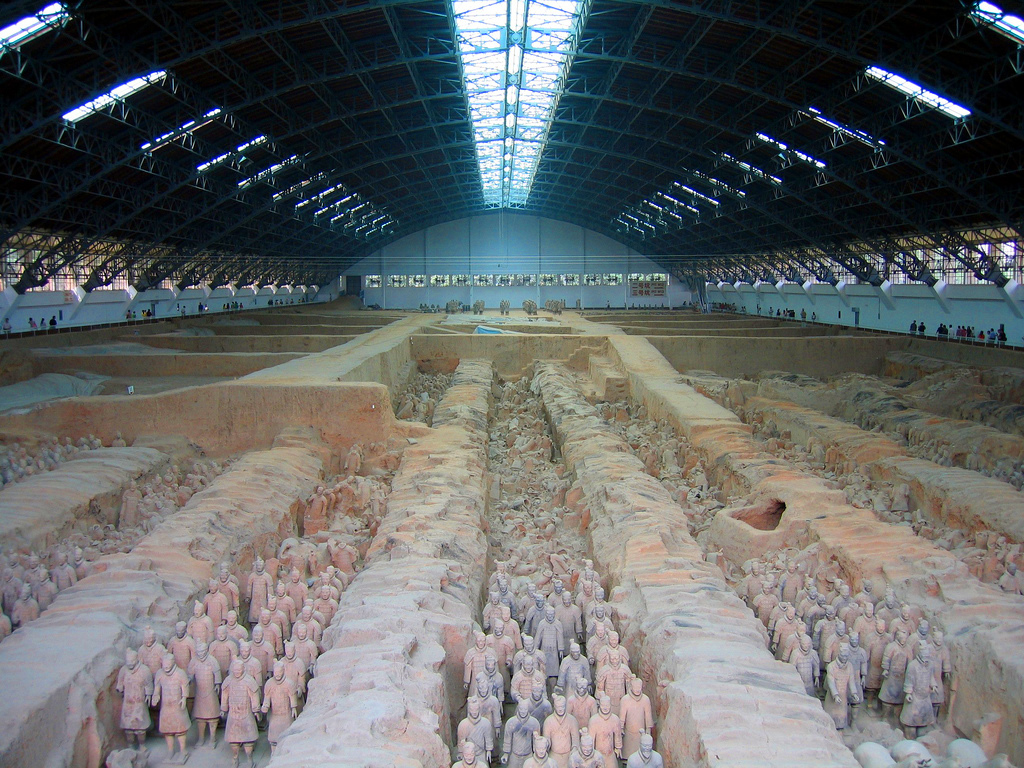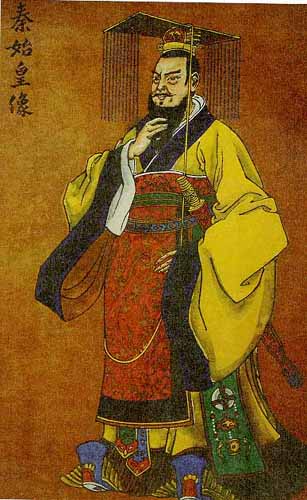After reading William Brody’s blog post Exploration of Imagination, which discussed Amy Chua and her contention that first and second generation Asian (or even more specifically Chinese) mothers are better than their US counterpart, it had me thinking about my own education. While I was borne in China, I grew up in the United States from the time I was one and a half, and so I have always been, at least in my opinion, immersed in American culture. I did well in high school, obviously, as I go to Duke now, and similarly my sister and brother also attend some of the top colleges in the United States (Harvard and Columbia respectfully). So is this a sign of better parenting? I’m not sure. In my household, we were all bribed (kind of forced) to get A’s. Disappointment would pervade through the household, if this grade was not reached. During the summer, when many of my friends were out relaxing on the beach or just chilling, I distinctly recall having to remember vocabulary words and working on mathematical problems in preparation for the SAT’s. When we (my siblings and I) complained about the workload, the response we got from out parents usually elicited the following response “In China, you wouldn’t even be able to be accepted into a University unless you’re the top of the top. You have to work harder”. This had me wondering…what made the Chinese educational experience so much different than ours that perhaps gave Amy Chua her conclusion about Chinese being better parents.
Chinese Education
Currently in China, the government requires that all citizens have at least 9 years of education (from 6-15), a law that was passed in 1986. Since my parents have left China to move to the United States, the number of undergraduates and those with doctoral degrees have increased tremendously. The importance of which high school one attends in China is very significant. Every year, China holds the ‘Zhong Kao’ or middle test for junior graduates (comparable to our middle school). The students will be tested in Chinese, Mathematics, English, Physics, Chemistry, Politics, and PE. They have to process an application for the high school that they wish to attend. When students are in their last year of high school, they will often time take the ‘Gao Kao’ (high examination). This exam is somewhat comparable to our SATs or ACTs, and began in 1952 with a break in between from 1966-1976 because of the Cultural Revolution, and then began again in 1977. The exam takes place over a two to three day period and has 3 mandatory subjects – Chinese, Mathematics, and a Foreign Language. Then they have other 6 other subjects, where they choose which one (or several) that they wish to take – Physics, Chemistry, Biology, History, Geography, and Political Education. The importance of this test to enter college cannot be stressed enough – failing or performing poorly on this exam means that they might not be able to attend a university. Some will repeat their senior year in order to make a second attempt.
I remember that several years ago, my mom was telling me how a relative of ours in China did poorly on the Zhong Kao, and so didn’t even bother to go to high school. I think one of the important things to remember regarding perhaps why Amy Chua mentioned that Chinese mothers are better parents, is that they had to grow up in a super competitive educational environment, where at any stage of their educational pathway, they could either ensure success or disappointment.
The above clip is just a funny YouTube video of how the stereotypical Asian parent react to a non-A grade




